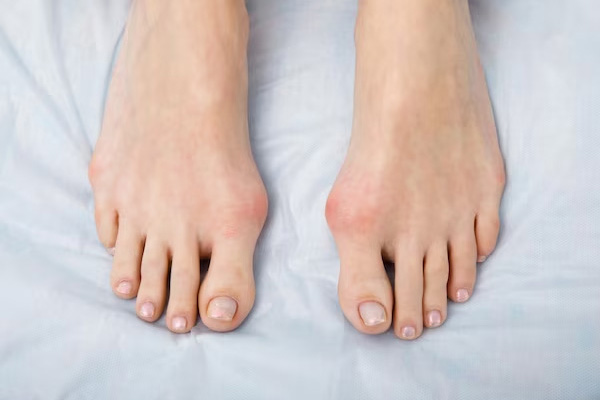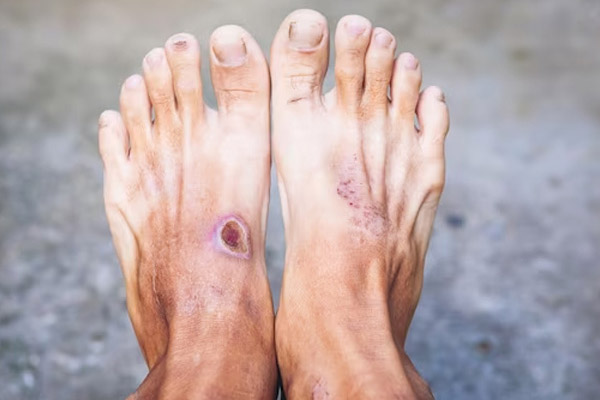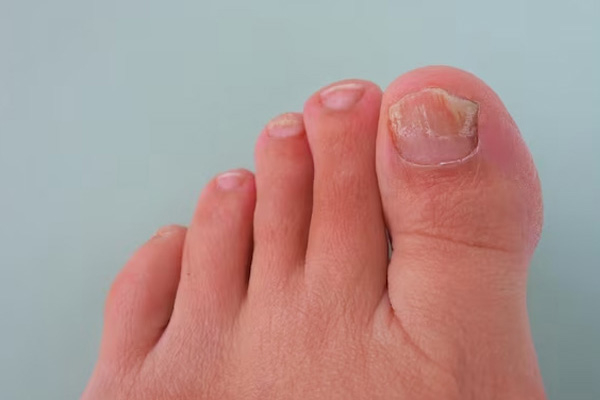Heel pain can take over your day. Walking, working, or even getting out of bed feels like a chore. At Foot and Ankle Specialty Centers, our goal is to help you move without pain. Our advanced plantar fasciitis treatment Scottsdale plans are made using proven steps that reduce pain, help the foot heal, and keep the problem from coming back.
What is Plantar Fasciitis?
This condition happens when your plantar fascia, the thick tissues on the bottom of your foot, gets sore and swollen. This tissue runs from your heel to your toes. When it gets strained, small tears form and cause pain. The pain is usually sharp in the heel, especially when you first stand up in the morning or after sitting for a while. It can feel like stepping on a rock or a knife. You’ll need immediate treatments from foot doctors in a Scottsdale clinic before it gets worse!
Causes of Plantar Fasciitis
These causes create the need for plantar fasciitis treatment Scottsdale, AZ:
- Long hours standing on hard floors
- Flat feet or very high arches
- Tight calf muscles or Achilles tendon
- A sudden jump in activity or running
- Shoes without good support
- Extra body weight adding pressure
Signs of Plantar Fasciitis
You’ll need plantar fasciitis treatment Phoenix if you notice any of these signs:
- Sharp heel pain when standing up
- Pain that is worse in the morning
- Soreness near the heel bone
- Pain when bending toes upward
- Ache that sometimes gets better after walking
How is Plantar Fasciitis Diagnosed?
At Foot and Ankle Specialty Centers, we start by listening to your story and checking your foot. We press gently on the heel to find tender spots and move your foot to see where it hurts most. If needed, we use simple scans like an X-ray or ultrasound to rule out bone spurs, stress fractures, or other problems.
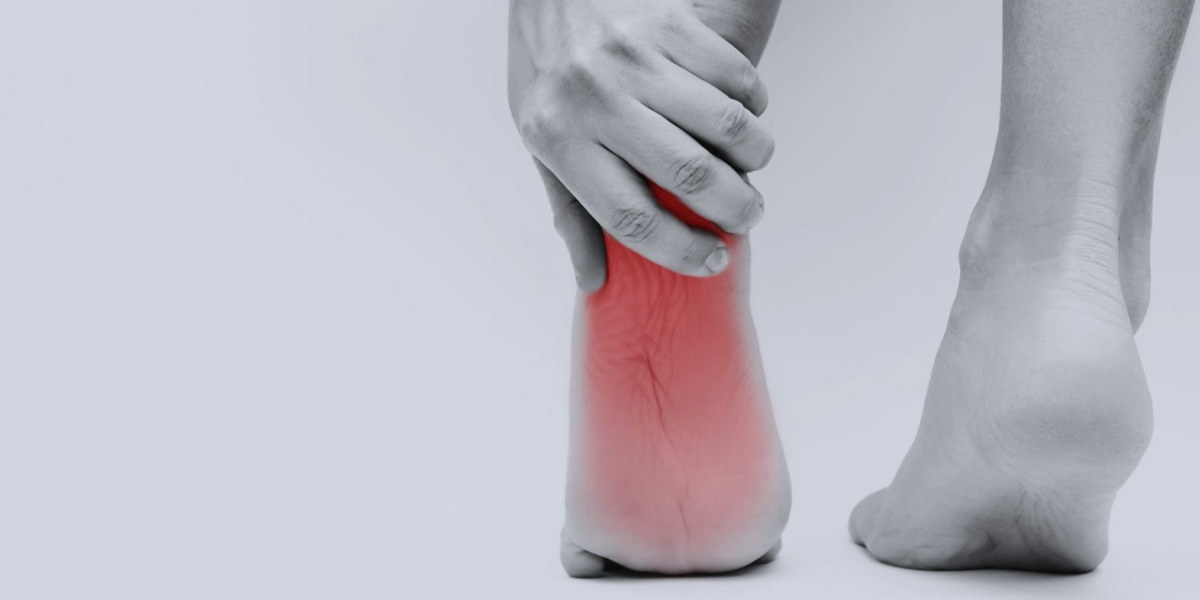
How is Plantar Fasciitis Treated?
We offer plantar fasciitis treatment Scottsdale, AZ that uses treatments proven to work. These include:
- Stretching your calf, Achilles, and the bottom of your foot
- Wearing good shoes that support your arch and cushion your heel
- Using neoprene braces for extra support
- Wearing night splints to stretch your foot while you sleep
- Using compression socks to help your arch and boost circulation
- Applying ice several times every day to reduce swelling
- Wearing custom orthotic inserts or insoles to support your feet
- Taking over-the-counter NSAIDs to ease pain and inflammation
Note: If these treatments aren’t enough and your pain is severe, surgery may be an option.
Who is More at Risk of Developing Plantar Fasciitis?
Risk Group | Why They Are at Risk |
Runners or athletes | Repeated impact on the foot tissue |
People standing long | Hard floors add strain to the heel |
Flat feet/high arches | Foot shape puts stress on the fascia |
Overweight individuals | Extra pressure on heel and arch |
Tight calf muscles | Less ankle movement increases strain |
When Should You Seek Medical Attention for Plantar Fasciitis?
Scenario | What to Do |
Pain after 2–3 weeks of home care | Visit Foot and Ankle Specialty Centers for plantar fasciitis treatment Scottsdale |
Sharp pain with first steps | See a podiatrist quickly |
Pain limits daily activities | Get a custom treatment plan |
No relief from stretches or inserts | Ask about advanced treatments |
Plantar Fasciitis Treatment Scottsdale Near Me
Heel pain should not slow you down. At Foot and Ankle Specialty Centers, our plantar fasciitis treatment Scottsdale is built to match your needs. If you need gentle care or advanced therapy, we’ll help you get back to walking, working, and enjoying life without pain. Contact us today and take the first step toward healthy feet.
FAQ
What is the most successful treatment for plantar fasciitis in Scottsdale?
The most successful treatment is a mix of stretching, support for the foot, therapy, and advanced options like shockwave or PRP for lasting relief.
What is the best doctor to see for plantar fasciitis in Scottsdale?
The podiatrists at Foot and Ankle Specialty Centers are experts in plantar fasciitis treatment Scottsdale, AZ. We create a plan designed just for your needs.
Is it worth seeing a podiatrist for plantar fasciitis?
Yes. A podiatrist can find the exact cause and give the right treatment. This helps you heal faster and avoid long-term problems.
How do you permanently get rid of plantar fasciitis?
Be consistent with stretching, wear supportive shoes, use inserts if needed, and follow your treatment plan. In many cases, this removes the pain for good.
What are some tricks to relieve plantar fasciitis pain at home in Scottsdale?
Ice the heel, stretch the foot and calf, roll the arch over a ball, wear supportive shoes, and avoid walking barefoot on hard floors.
What are the top non-surgical treatments for plantar fasciitis?
Stretching, shoe inserts, night splints, therapy, shockwave, PRP, laser therapy, and certain injections.
Why is plantar fasciitis surgery performed?
It is done only when all other treatments fail and the pain lasts for many months.
Who’s a good candidate for plantar fasciitis surgery?
Someone with pain that does not improve after many months of care, and whose foot structure makes surgery a good option.
Other Services
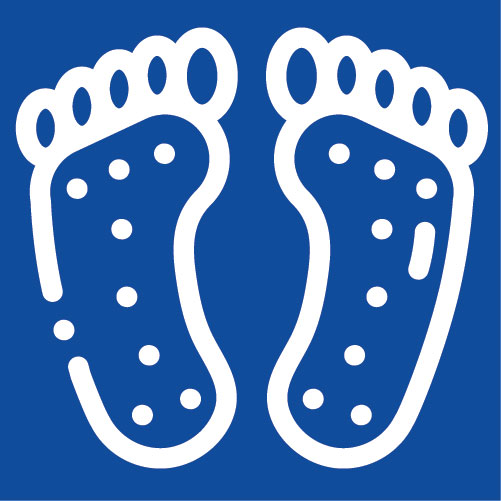
Bunion Surgery
Minimally invasive treatments for bunions to relieve pain and improve foot function.
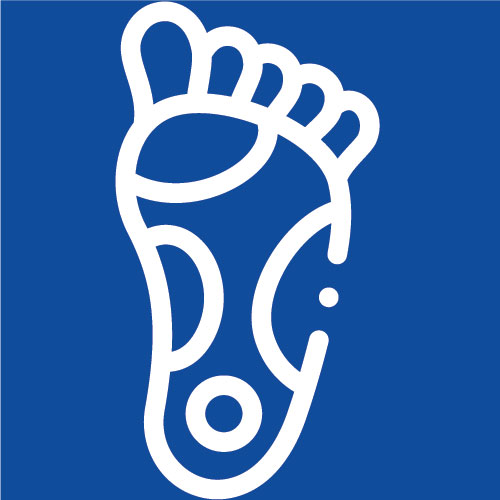
Diabetic Foot Care Specialist
Diabetic foot evaluations and care to prevent complications and maintain health.
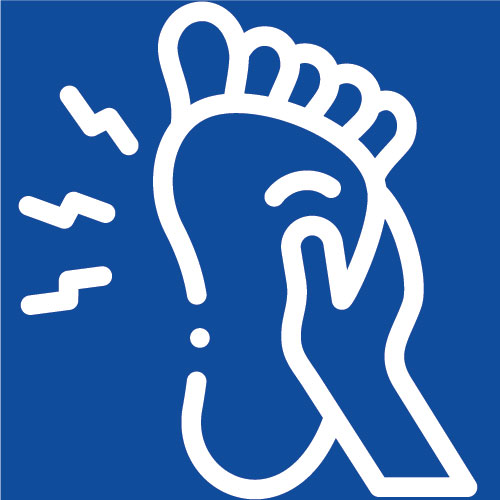
Pediatric Podiatrist
Gentle, child-friendly foot care to ensure healthy growth and development for young feet.
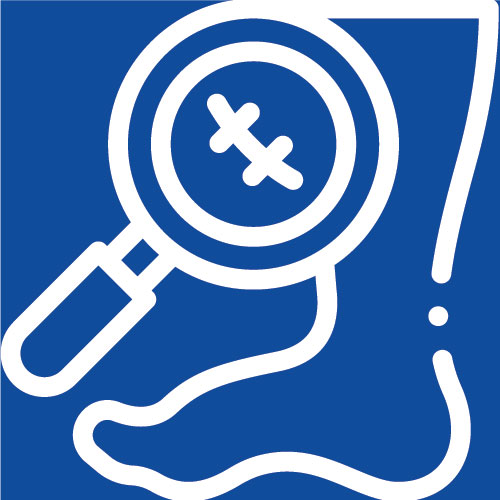
Ingrown Toenails Treatment
Expert, pain-relieving treatment for persistent ingrown toenails, ensuring comfort and recovery.

